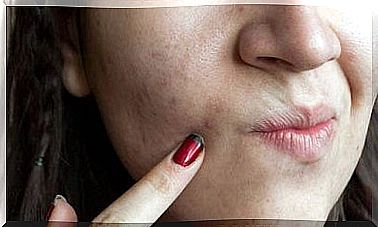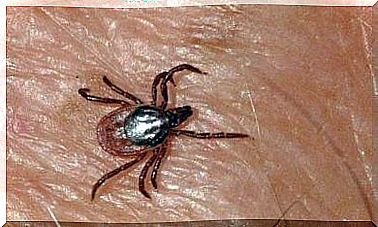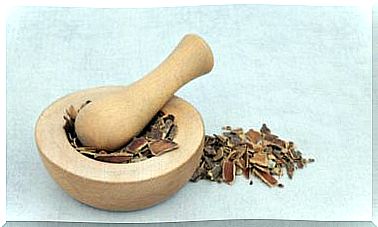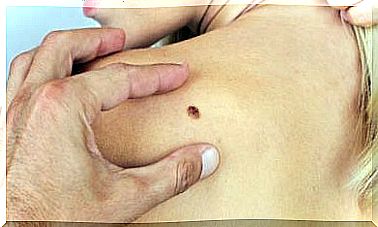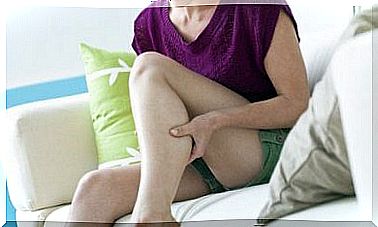Symptoms Of Disc Degenerative Disease
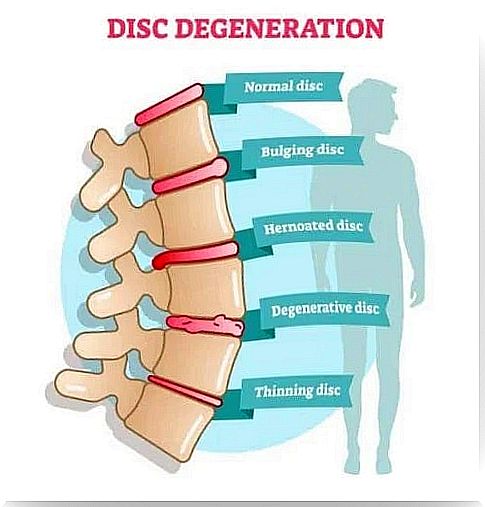
Disc degenerative disease is not really a disease, but a term used to describe changes that occur in the vertebral discs as we age. The vertebral discs act as shock absorbers for the spine, allowing it to bend and rotate. What are the symptoms of degenerative disc disease?
When degenerative disc disease occurs, the passageways of the spinal nerves narrow and do not cushion the impact, especially when the patient is running or jumping. In addition, most often, the disease occurs in the lumbar and cervical discs.
What causes degenerative disc disease?

Symptoms of disc degenerative disease
This disease can cause sore throat or back pain, depending on the location of the damaged discs. If the affected disc is in the neck, it can also cause pain in the neck or arm. If the affected disc is in the middle or lower part of your spine, you may have back, buttocks, or leg pain.
Movements such as bending, stretching or turning often aggravate the pain. Pain can also occur after an injury or even after performing a normal movement, such as bending to lift an object. In other cases, you may feel tingling and numbness in one leg or arm.
Disc degeneration is a natural part of aging and, over time, everyone will experience changes in the discs depending on the degree of wear. However, not all people will develop symptoms. In fact, degenerative disc disease can vary greatly in nature and severity.
Diagnosis of disc degenerative disease

Doctors diagnose this disease through a physical examination and questions about symptoms, injuries, diseases, habits and daily activities. The doctor evaluates the range of motion of the affected area and the existence of pain when moving.
The specialist will also look for areas of sensitivity and other nerve-related changes, such as tingling, numbness or weakness in the affected area. In addition, it will check for other conditions, such as fractures, tumors and infections.
The specialist will use imaging when there is:
How is degenerative disc disease treated?
To relieve the pain, you can use cold or warm compresses, depending on what relieves the pain in the affected area. In addition, your doctor will prescribe non-steroidal anti-inflammatory drugs, such as ibuprofen or naproxen. If necessary, your doctor may recommend stronger medications.
You can complete the pharmacological treatment with physical therapy and exercises to strengthen and stretch your back. In some cases, surgery may be needed. The operation usually involves removing the damaged disc. In some cases, the doctor permanently attaches the bone to protect the spinal cord.
If the problem is a herniated disc, osteoarthritis, or spinal stenosis, other treatments will most likely be needed.

